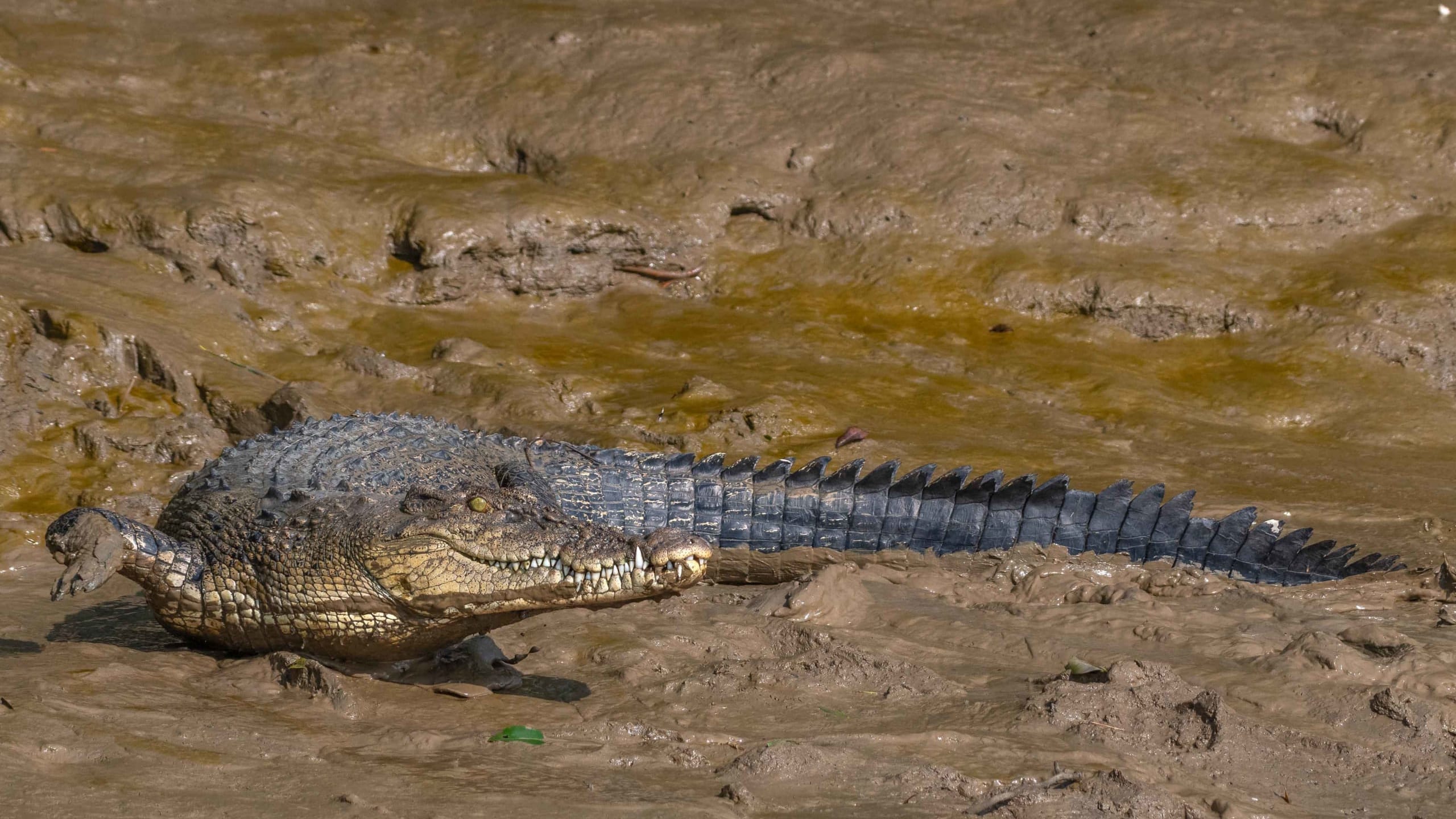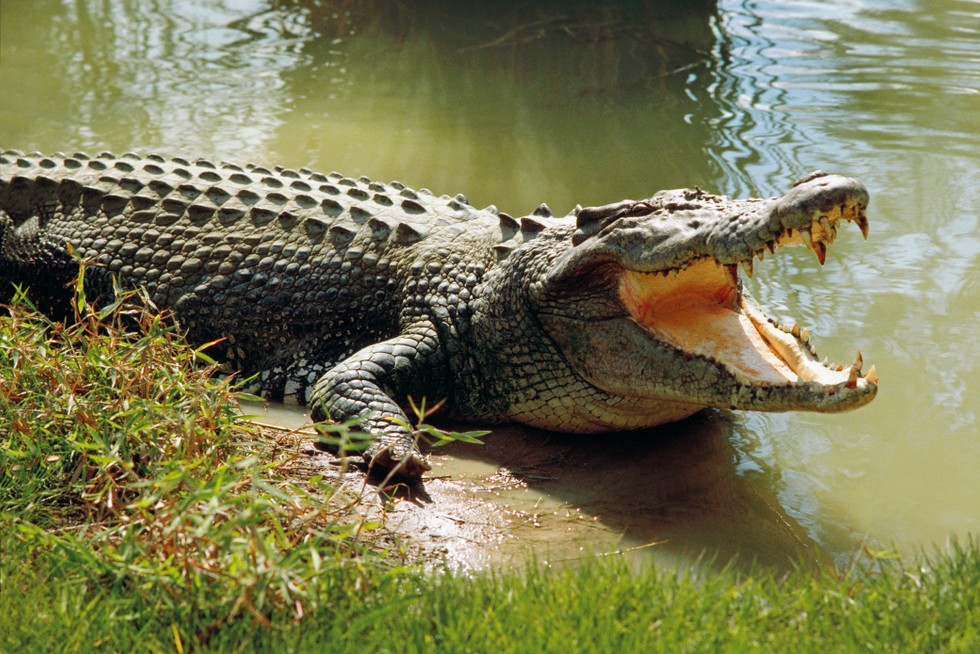- 1 Day Sundarban Tour
Pricing:
- ₹2799 per adult
- ₹1399 for children aged 4-8 years
- Free for children aged 1-4 years (under 48 months)
Facilities Included:
- Welcome Drink:
- Transportation: [Pick + Drop]
- Breakfast:
- Boat Safari:
- Lunch:
- Sightseeing:
- Guide Assistance:
- Snacks and Tea:
- Safety Measures:
- 1 Night 2 Days Sundarban Tour
Pricing:
- ₹4500 per adult (Non-AC room)
- ₹5000 per adult (AC room)
- ₹2250 for children aged 4-8 years
- Free for children aged 1-4 years (under 48 months)
Facilities Included:
- Welcome Drink
- Meals: All Times
- Boat Safari
- Accommodation: AC/ Non Ac
- Cultural Program:
- Visit Watchtowers and Local Attractions
- Safety
- Guided Tour
- Tea/Coffee Breaks
- 2 Night 3 Days Sundarban Tour
Pricing:
- ₹5500 per adult (Non-AC room)
- ₹6500 per adult (AC room)
- ₹2750 for children aged 4-8 years
- Free for children aged 1-4 years (under 48 months)
Facilities Included:
- Welcome Drink
- Meals: (breakfast, lunch, evening snacks, and dinner)
- Extended Boat Safaris: Multiple guided boat safaris
- Accommodation: in AC or non-AC rooms,
- Cultural Program:
- Visits to Key Attractions:
- Expert Guide:
- Tea/Coffee Breaks:

Sundarban 3 Days 2 Nights Package
Immerse in the wild beauty of Sundarbans with our 3 Days, 2 Nights adventure!

Book Sundarban 3 Days 2 Nights
Immerse in the wild beauty of Sundarbans with our 3 Days, 2 Nights adventure!
- 2 Night 3 Days Sundarban Boat Tour
Pricing:
- ₹5500 per adult (Non-AC room)
- ₹6500 per adult (AC room)
- ₹2750 for children aged 4-8 years
- Free for children aged 1-4 years (under 48 months)
Facilities Included:
- All Meals:
- Guided Boat Safaris:
- 2-Night Accommodation: Stay on the boat in comfortable AC or non-AC rooms.
- Cultural Performances:
- Attractions:
- Safety & Security:

Boat Sundarban 3 Days 2 Nights Package
Sail into the wild with our 3 Days, 2 Nights Sundarban Boat Adventure!

Sundarban 3 Days 2 Nights Package
Explore the untamed beauty of Sundarbans with a thrilling 3 Days, 2 Nights boat tour!
The Majestic Crocodiles of Sundarbans: Where and When to Spot Them

Majestic Crocodiles of Sundarbans: The Sundarbans, a UNESCO World Heritage Site, is not only known for its Bengal Tigers and diverse birdlife but is also home to the mighty saltwater crocodile. These prehistoric reptiles are among the largest living crocodile species on Earth, making them an incredible spectacle for wildlife enthusiasts. The tidal rivers, estuaries, and mangrove swamps of the Sundarbans provide an ideal habitat for these apex predators. Let’s dive deeper into Majestic Crocodiles of Sundarbans. Also, you can Book the Sundarban Tour At Maity Tourism and Sundarban Leisure Tourism Powered By Argusdna,
This blog will guide you on where and when to spot these majestic crocodiles in the Sundarbans, ensuring you have an unforgettable wildlife experience.

Majestic Crocodiles of Sundarbans Important points
1. The Saltwater Crocodile (Crocodylus porosus): A Living Dinosaur
The saltwater crocodile, locally known as “Jal Bahas”, is a dominant predator in the Sundarbans ecosystem. These massive reptiles can grow up to 20 feet long and weigh over 1,000 kg, making them one of the largest reptiles in the world. They are powerful swimmers and can be found in brackish and saltwater environments, which make the tidal waters of the Sundarbans an ideal hunting ground for them. We can explore further details Majestic Crocodiles of Sundarbans.

These crocodiles are ancient survivors, dating back over 200 million years, earning them the title of “living dinosaurs.” They play a critical role in the ecosystem by maintaining the balance of the aquatic food web.
2. Where to Spot Crocodiles in the Sundarbans
Although spotting crocodiles in the Sundarbans requires patience, there are specific locations and habitats where your chances of encountering these reptiles are higher. We can go into more detail on Majestic Crocodiles of Sundarbans.
- Riverbanks and Creeks: The saltwater crocodiles in the Sundarbans can often be seen basking on the muddy riverbanks during low tide, soaking up the sun to regulate their body temperature. The Matla, Bidyadhari, and Raimangal Rivers are known areas where crocodiles can frequently be spotted along the banks.

- Shallow Creeks and Estuaries: Crocodiles are often found near the estuaries where the rivers meet the Bay of Bengal. The shallow creeks are rich in fish and other prey, making them prime hunting spots for these reptiles.
- Sajnekhali Wildlife Sanctuary: This is one of the most popular places in the Sundarbans to observe wildlife, including crocodiles. The sanctuary, with its network of creeks and channels, offers excellent opportunities for spotting crocodiles in their natural habitat.
- Dobanki Watchtower: The Dobanki Watchtower provides a panoramic view of the forest and waterways, increasing the chances of spotting a crocodile lurking near the water’s edge or moving between the mangroves.
3. When to Spot Crocodiles in the Sundarbans
Timing plays a crucial role in spotting crocodiles in the Sundarbans. Their behavior is influenced by the tides and weather conditions.
- Morning and Early Afternoon (Basking Time): Crocodiles are cold-blooded creatures, and they often bask on riverbanks or sandbars in the morning and early afternoon to absorb heat from the sun. During this time, they can be seen lying motionless, blending into the muddy banks, which makes them easier to spot. Let’s talk more about Majestic Crocodiles of Sundarbans.

- Low Tide: The best time to see crocodiles is during low tide when they emerge from the water to bask in the sun. The exposed riverbanks and shallow waters make it easier to observe them as they rest.
- Winter Season (November to February): The winter months are ideal for spotting crocodiles as they spend more time basking in the sun. The cooler temperatures mean that crocodiles will be more visible as they try to regulate their body temperature by absorbing heat.
4. Crocodile Behavior in the Sundarbans
Understanding the behavior of saltwater crocodiles can enhance your chances of spotting them and make your experience more rewarding.
- Ambush Predators: Saltwater crocodiles are known for their stealth and patience. They are ambush predators, waiting motionless in the water, with only their eyes and nostrils visible, ready to strike at unsuspecting prey. Watching a crocodile move silently through the water is a captivating experience.
- Basking and Social Behavior: Although they are solitary hunters, crocodiles are sometimes seen in groups when basking in the sun or in areas with an abundance of prey. It is not uncommon to spot several crocodiles resting on a sandbar together during low tide.
- Read More:
Exploring the Biodiversity of Sundarbans: Top 10 Animals to Watch For
Why the Royal Bengal Tiger is the King of Sundarbans
A Deep Dive into the Mangrove Ecosystem of Sundarbans
Rare and Endangered Species of the Sundarbans
Bird Watching in Sundarbans: Top Species to Look For
The Majestic Crocodiles of Sundarbans: Where and When to Spot Them
5. Safety Tips for Crocodile Spotting
While crocodiles are fascinating creatures, they are also extremely dangerous. Here are some safety tips to keep in mind during your crocodile spotting adventure in the Sundarbans:
- Keep a Safe Distance: Never approach a crocodile, even if it appears to be resting or motionless. Crocodiles are quick and can move with surprising speed, especially when threatened. We can elaborate further on Majestic Crocodiles of Sundarbans.
- Respect Their Habitat: Avoid making noise or disturbing their environment, especially when you are near the water. Crocodiles are territorial and can become aggressive if they feel threatened.
- Stick to Guided Tours: Always go with an experienced guide who knows the terrain and the behavior of the local wildlife. They will help ensure that your experience is safe and enjoyable.

6. Conservation and Threats
The saltwater crocodile population in the Sundarbans has been under threat due to habitat destruction, poaching, and climate change. Mangroves, which provide essential shelter for crocodiles, are being affected by rising sea levels and human activities like deforestation. However, conservation efforts by the West Bengal Forest Department and various wildlife organizations have been instrumental in protecting these reptiles and preserving their habitats.
Ongoing efforts to reduce human-wildlife conflict, coupled with strict protection laws, are helping to ensure that these magnificent creatures continue to thrive in the Sundarbans.
Conclusion
The saltwater crocodile is one of the most awe-inspiring animals in the Sundarbans, a symbol of the region’s wild and untamed beauty. These reptiles have thrived in the challenging environment of the mangrove swamps for millennia, and spotting one of these creatures in the wild is a thrilling experience.
Whether basking in the sun along the riverbanks or silently gliding through the water, the crocodiles of the Sundarbans are a true testament to the resilience and grandeur of nature. With the right timing, location, and a bit of patience, you can witness these majestic creatures in their natural habitat, making your trip to the Sundarbans a truly unforgettable adventure.








